VAFalconFan
TPF Noob!
Hi guys. I recently bought a Canon T3, my first DSLR. First of all, I love it, and have gotten some great pictures already, although more by chance then skill, as I was just using some of the main shooting modes. Right now I am trying to photograph some coins in detail. I don't have a macro lens which I know would help, I just have the 18-55 mm lens included with the camera. Anyways, I have a question about a few of the various settings. I have looked at several websites discussing the functions of ISO, Shutter Speed, and proper lighting, but I couldn't find or overlooked my question of how they relate in a specific situation. I currently have a very basic copy stand setup, and am using the self-timer function, so there is no vibration of the camera. My question is : are amount of light and shutter speed interchangeable when there is no vibration of the camera? For example, I am shooting at ISO 100, and to have the coin properly exposed, the shutter speed has to be at 1/5. If I had better lighting, from what I understand, if I shot at the same ISO 100 and 1/5 shutter speed, it would be overexposed, correct? So to then have it properly exposed, I would have to increase the shutter speed to maybe 1/10 or 1/20. Would the quality of the picture be the same in both situations? Would there be any point in having stronger lighting in that situation? I hope my question made sense, and thank you in advance to anyone who reads this, I appreciate any information you can provide.


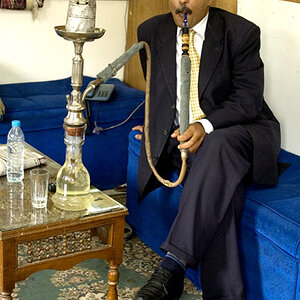
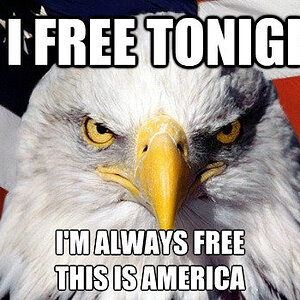
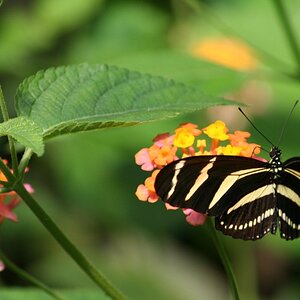
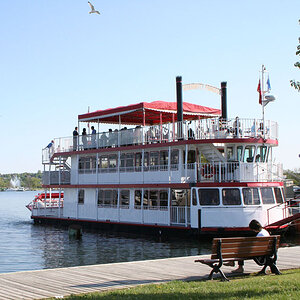
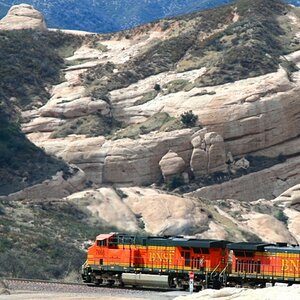
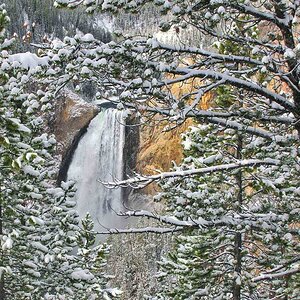
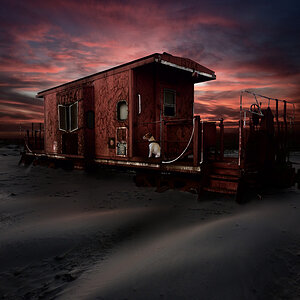
![[No title]](/data/xfmg/thumbnail/30/30861-fee88082ba36d0c3b443492fe3f3f1cd.jpg?1619734481)
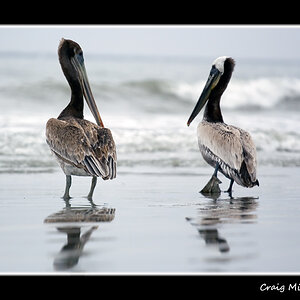
![[No title]](/data/xfmg/thumbnail/41/41896-54547e935773393100a20b8d9819f5bd.jpg?1619739935)
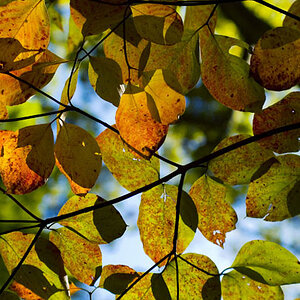
![[No title]](/data/xfmg/thumbnail/42/42253-fef7e43227f484b1a95dd6d85c03bd40.jpg?1619740063)